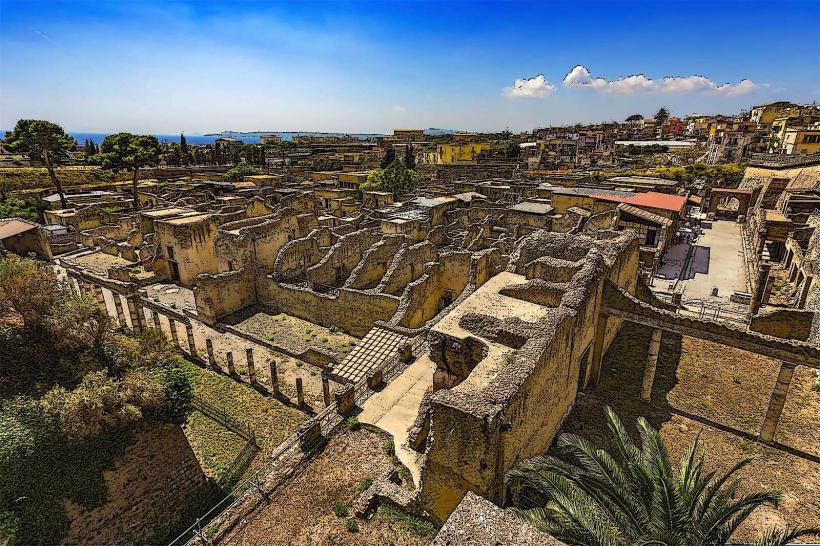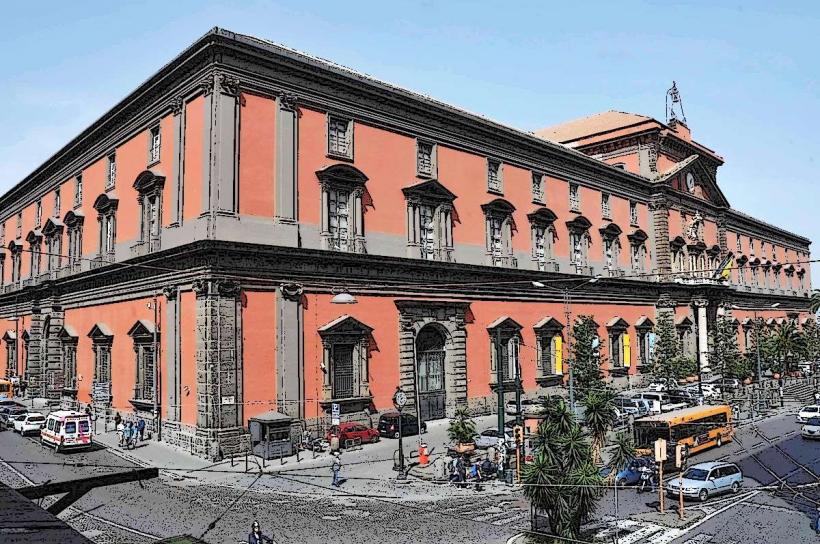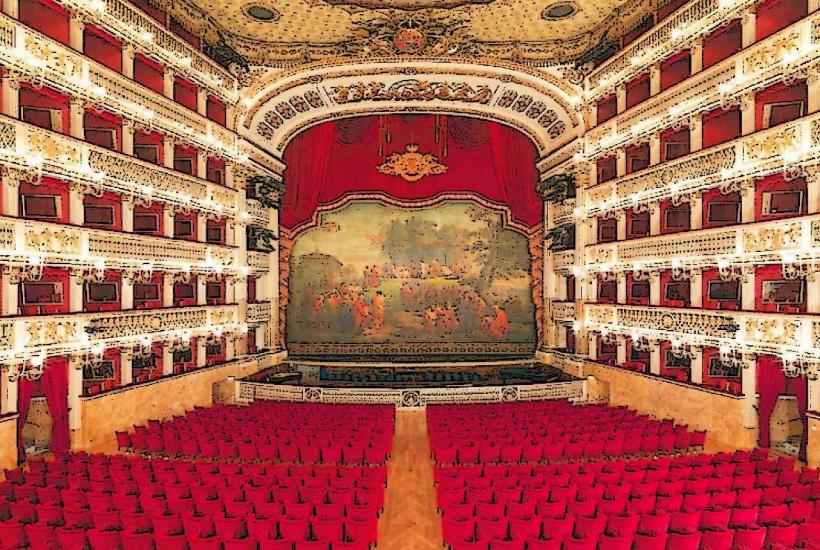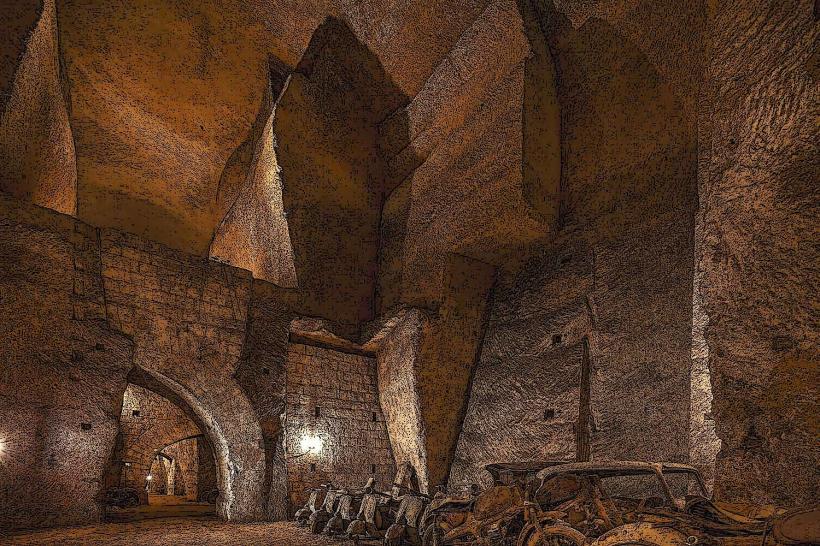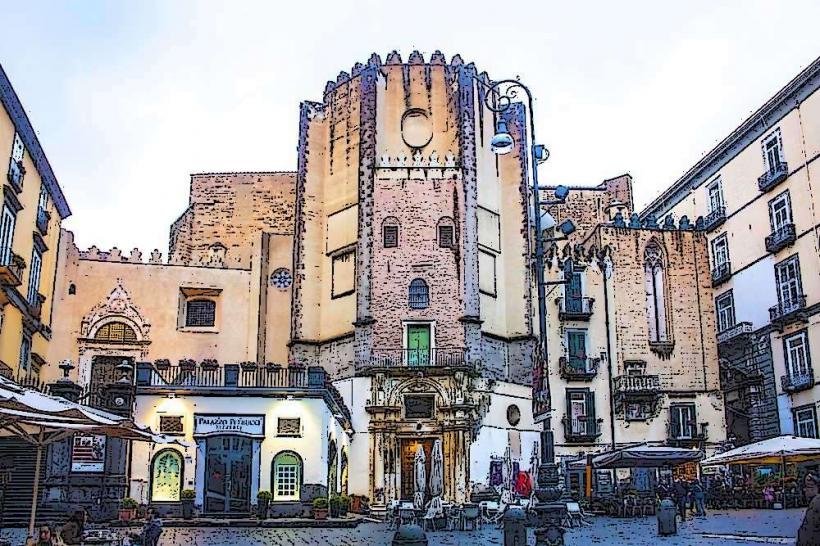Information
Landmark: Castel dell OvoCity: Naples
Country: Italy
Continent: Europe
Castel dell'Ovo (Castle of the Egg) is one of the most iconic landmarks in Naples, Italy, with a rich history that spans centuries. Located along the Neapolitan seafront, the castle is the oldest standing fortress in Naples and offers both a fascinating historical perspective and stunning views of the Bay of Naples, Vesuvius, and the city’s harbor.
1. History and Origins
- Castel dell'Ovo was originally built by the Romans in the 1st century BC as a fortification known as the Roman fortress of Nero. The name "Castel dell'Ovo" (literally "Castle of the Egg") is derived from an ancient legend connected to the fort's construction.
- The castle was expanded and modified over the centuries by various rulers, including the Normans, Hohenstaufen, and Angevins. It became a royal residence during the Angevin period in the 13th century and later served as a military stronghold and prison.
- The legend of the "egg" is tied to the Roman poet Virgil, who was believed to have placed a magical egg in the foundations of the castle to protect the city. According to the myth, if the egg were ever to break, the castle (and perhaps the entire city) would fall into ruin.
2. Architecture
- Castel dell'Ovo is built on a small island known as Megaris, which was later connected to the mainland as the city of Naples expanded.
- The architecture of the castle reflects its long history. While the original Roman structure was relatively simple, subsequent rulers made significant changes to the castle, adding defensive walls, towers, and bastions in medieval and Renaissance styles.
- One of the most notable features is its central keep, which was constructed by the Normans in the 12th century, and the bastions added by the Spanish during the 16th century.
- The entrance to the castle is marked by a large gate, leading to a courtyard and offering views of the sea and surrounding area. Inside, the castle contains various rooms, including the Royal Apartments and military structures.
- Castel dell'Ovo offers a mix of medieval, Renaissance, and later elements, reflecting its evolution through different phases of Naples’ history.
3. Role in History
- The castle served a variety of functions throughout history, ranging from royal residence to fortress to prison. During the Angevin period, it was the royal seat of the kings of Naples. It later became a military stronghold during the Spanish rule in the 16th century.
- The castle was also a place of political intrigue and drama. For example, King Charles of Anjou used the castle as a royal residence during the 13th century, and it was the site of several royal ceremonies.
- In the 18th and 19th centuries, Castel dell'Ovo also served as a prison, housing notable figures and political prisoners.
- During the Second World War, the castle was used for military purposes, including a site for anti-aircraft defense during the bombing of Naples by Allied forces.
4. Legend of the Egg
The castle’s name and its mythical connection to the egg are tied to a legend that goes back to ancient times. According to the myth, the Roman poet and magician Virgil was believed to have hidden a magical egg inside the walls of the castle to protect it from destruction.
- The egg was thought to hold immense power, and as long as the egg remained intact, the castle and Naples would be safe. If it were to break, the city would fall into ruin. This led to a centuries-old belief in the supernatural power of the castle, giving it the name "Castel dell'Ovo".
- Although this legend is no longer taken seriously, it remains an important part of the castle's lore and contributes to its mystique and charm.
5. Modern Use
- Today, Castel dell'Ovo is a museum and public attraction. It hosts a variety of cultural events, temporary art exhibitions, and performances. The castle's courtyards and terraces offer stunning views of the Bay of Naples and the Gulf of Pozzuoli.
- Visitors can explore the castle's rich history through its exhibits, which include displays on the castle’s construction, history, and the legend of the egg. There are also sections dedicated to art and archaeology, with some objects related to the ancient history of the site.
- Public events and festivals are often held at the castle, making it a popular destination for both locals and tourists. The terraces offer an incredible viewpoint over the city and the sea, making it a great spot for taking in panoramic views of Naples.
6. Visitor Experience
- Opening Hours: The castle is open to visitors most days of the week, though it is advisable to check for specific hours and possible closures for private events or maintenance.
- Entry Fee: There is usually an entrance fee to visit the castle, though some areas may be accessible for free. Special tours and educational programs may be available.
- Guided Tours: Visitors can take guided tours to learn more about the history of the castle, its architectural features, and the fascinating myths that surround it. Audio guides are also available in multiple languages.
- Panoramic Views: The rooftop terrace of the castle offers breathtaking views of Naples, the Bay of Naples, and Mount Vesuvius, making it one of the most scenic spots in the city.
- Cultural Events: The castle often hosts cultural events, including art exhibitions, live performances, and festivals, making it a lively and dynamic place for locals and tourists alike.
7. Conclusion
The Castel dell'Ovo is a remarkable and historic site in Naples, offering visitors a unique combination of ancient history, medieval architecture, and stunning coastal views. Whether you're interested in history, legends, or just want to take in some of the best views of Naples, this fortress is a must-visit landmark in the city. The castle’s fascinating mix of mythology, history, and architecture makes it a key part of Naples' heritage and an essential part of the city’s rich cultural landscape.







